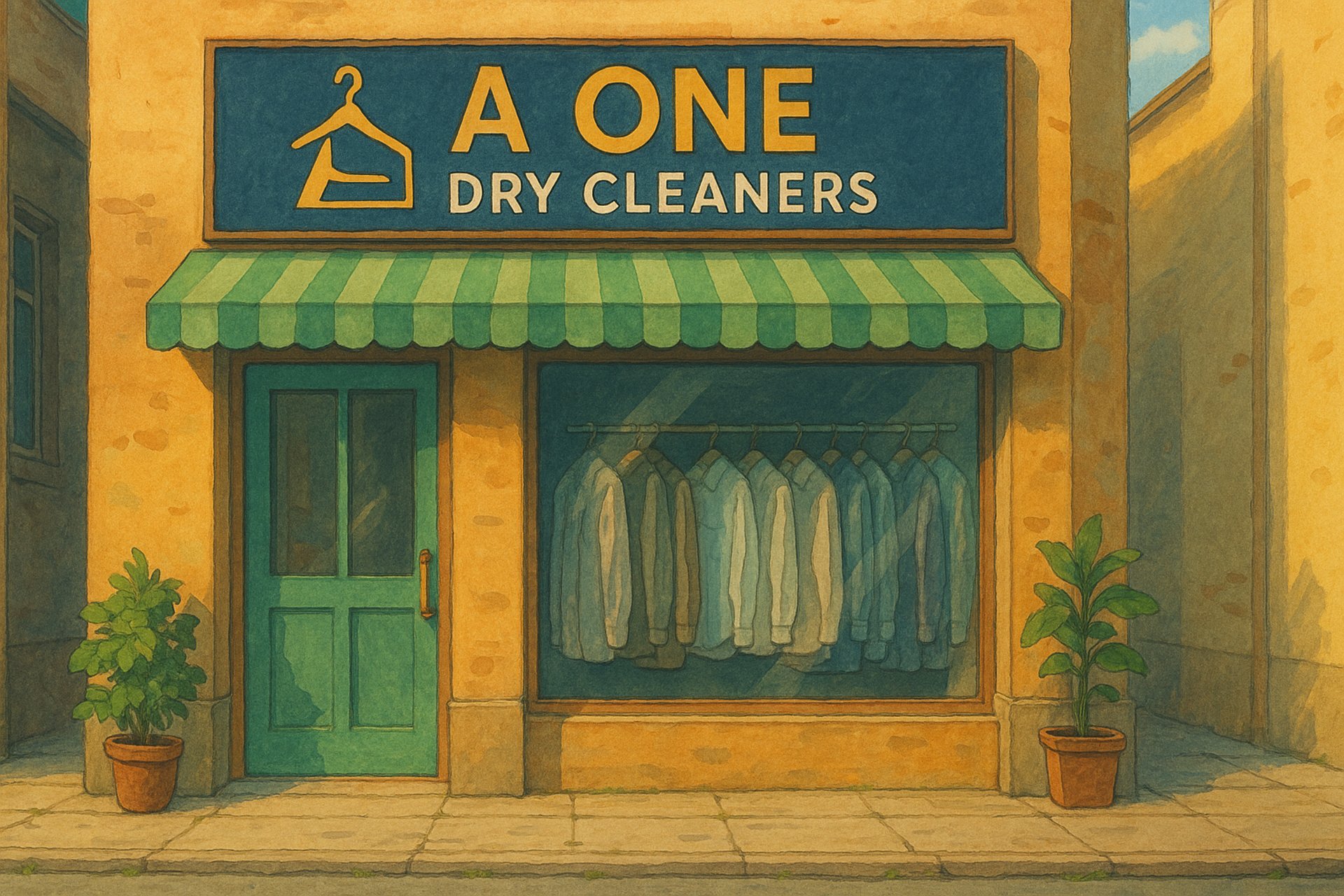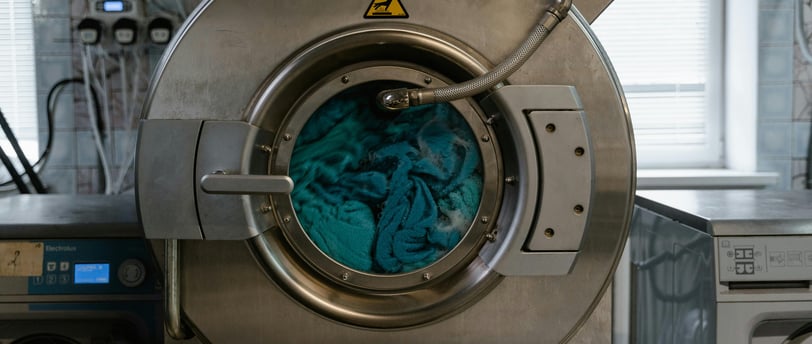
Everything You Need to Know About Clothing Dry Cleaning: A Complete Guide
Dry cleaning is particularly effective for fabrics that can be damaged by water or traditional washing methods, including silk, wool, and rayon. It is also a go-to method for removing oil-based stains that water alone cannot break down.
CLOTHING CLEANING
A One Dry Cleaners
5/8/20243 min read


What is Dry Cleaning?
Dry cleaning is a cleaning process that uses solvents instead of water to clean clothes and textiles. The term "dry" is a bit misleading because liquids are still used, but they are non-aqueous solvents such as perchloroethylene (commonly known as perc) or newer, more eco-friendly alternatives like hydrocarbon or silicone-based solutions.
Dry cleaning is particularly effective for fabrics that can be damaged by water or traditional washing methods, including silk, wool, and rayon. It is also a go-to method for removing oil-based stains that water alone cannot break down.
How Does the Dry Cleaning Process Work?
Tagging and Inspection: Every garment is tagged for identification. A detailed inspection is done to find stains, damage, or fabric-specific cleaning requirements.
Pre-Treatment: Stains are pre-treated manually using special spotting techniques and solutions, depending on the nature of the stain.
Dry Cleaning: Clothes are placed in a dry cleaning machine where they are cleaned using a chemical solvent. The machine gently agitates the garments to remove dirt and oil.
Post-Spotting: After cleaning, another inspection is done to treat any remaining stains that didn’t come out during the cleaning cycle.
Pressing and Finishing: Clothes are then steamed, pressed, or ironed to restore their shape and make them look crisp and new.
Packaging: Finally, the garments are carefully folded or hung and packaged for pickup or delivery.
Top Benefits of Dry Cleaning
Fabric Care: Dry cleaning helps preserve delicate fabrics and garments that would otherwise shrink, stretch, or become misshapen in a regular wash.
Stain Removal: Professional cleaners are trained to deal with different types of stains effectively, including oil, ink, wine, and sweat stains.
Convenience: Many dry cleaners offer door-to-door service, saving you time and effort.
Longer Garment Life: Proper cleaning and finishing extend the life of your clothing, helping you maintain a sharp and professional appearance.
Odor Removal: Dry cleaning eliminates unpleasant odors that are hard to get rid of with water-based washing.
Professional Finish: Clothes are returned pressed, wrinkle-free, and looking polished, ready to wear.
Which Clothes Require Dry Cleaning?
Some clothing items should always be dry cleaned to maintain their quality and durability:
Silk blouses and dresses
Wool suits and sweaters
Evening gowns and formal wear
Blazers and coats
Delicate synthetic fabrics
Items with heavy embellishments, sequins, or beading
Always check the garment care label to see if it says "Dry Clean Only."
Dry Cleaning vs. Regular Washing: What’s the Difference?
While both methods aim to clean your clothes, they differ significantly in approach and outcome:
Dry Cleaning: Uses solvents, less abrasive, ideal for delicate fabrics, and effective against oil-based stains.
Regular Washing: Uses water and detergent, suitable for everyday wear and machine-washable items.
Choosing between the two depends on the fabric type, stain nature, and garment construction.
How Often Should You Dry Clean Your Clothes?
This depends on the type of garment and how frequently it’s worn:
Suits: After every 3–4 wears
Dresses and blouses: After 1–2 wears if stained or exposed to sweat
Coats: Once every season or as needed
Formal wear: After each use
Remember, over-dry cleaning can wear out your clothes. When in doubt, ask your cleaner for advice.
Eco-Friendly Dry Cleaning Options
Many modern dry cleaners are now switching to environmentally friendly solvents and processes. Look for services that use:
Wet Cleaning: A water-based, computer-controlled process safe for delicate fabrics
Silicone-Based Solvents: Less toxic and biodegradable
CO2 Cleaning: Uses liquid carbon dioxide under pressure
Eco-friendly cleaners are not only better for your clothes but also safer for your skin and the environment.
Choosing the Right Dry Cleaning Service
With so many options available, here’s what to consider when selecting a dry cleaner:
Reputation: Look for customer reviews and word-of-mouth recommendations.
Services Offered: Ensure they handle the type of garments and fabrics you need cleaned.
Turnaround Time: Choose a service that aligns with your schedule.
Pricing: Transparent pricing with no hidden charges.
Pickup & Delivery: Convenient options that save time.
Customer Service: Friendly, knowledgeable staff who can answer your garment care questions.
Final Thoughts
Dry cleaning is an essential part of garment care, especially for those special or delicate items in your wardrobe. Understanding the process, benefits, and best practices can help you get the most value from your dry cleaning service. Whether it’s about keeping your office wear crisp, protecting luxury fabrics, or simply saving time, professional dry cleaning is a smart and worthwhile investment in your clothing.
If you're looking for expert dry cleaning in Gurgaon, A One Dry Cleaners offers high-quality, affordable, and reliable service with convenient pickup and delivery options. Give your clothes the care they deserve!
